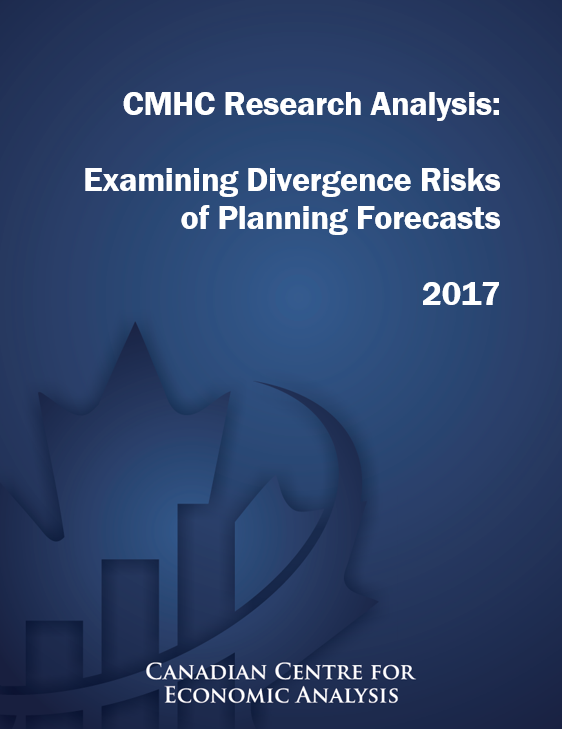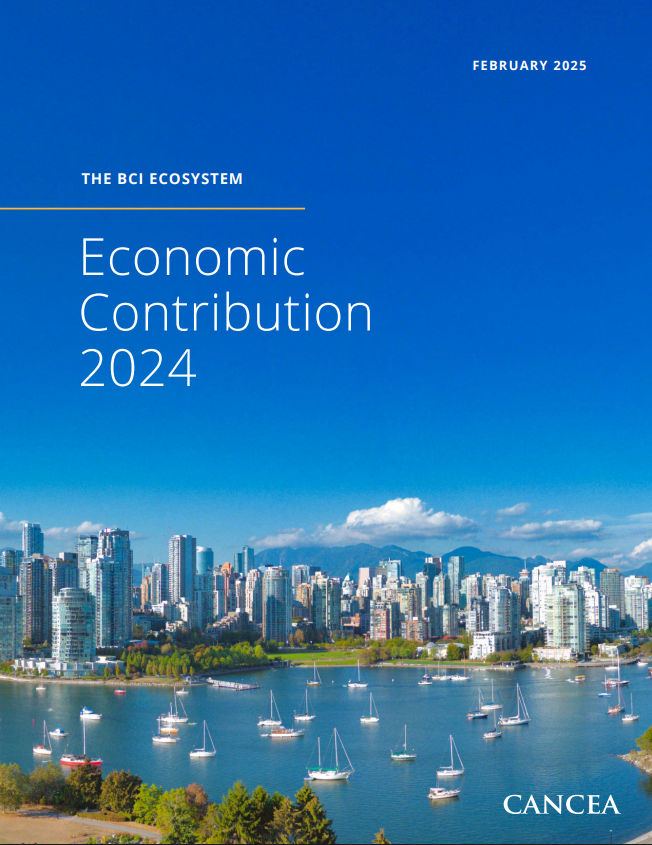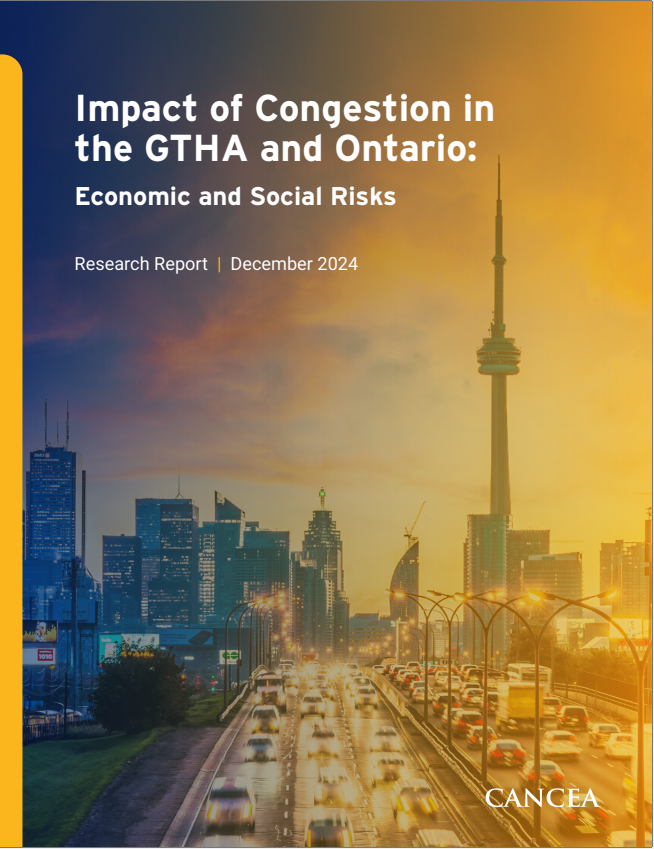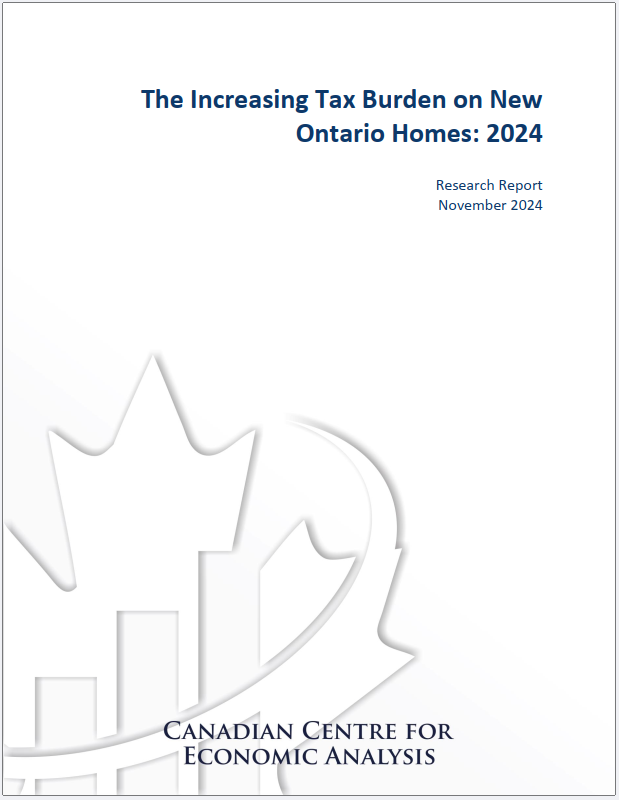Ontario’s Places to Grow program is designed to help regions plan for growth over the next 25 years. At the high level, it includes forecasts of population and job growth, as well as population and job density targets for various land uses such as around major transit stations and urban growth centres. After the original growth plan was released in 2006, two amendments were released in 2012, followed by the most recent update in 2017. Ten years after the original Places to Grow plan was released, it is a good time to examine some of the challenges and observations associated with the program, and to investigate the risk that municipalities might be exposed to under the growth plan.
Conclusions
Long-term demographic and jobs forecasts are unlikely to be reached exactly. Changes in external factors, such as federal immigration policy, or internal factors such as transit development, can influence where people settle and where industries locate. If municipalities plan to a specific target, it may result in stranded debt from over-building of infrastructure with expected development charges not arriving, or insufficient infrastructure and services if greater population or jobs arise. In addition, if population growth does not align with the planning expectations, it may result in competition between regions to either attract or repel additional people or jobs which could impede inter-region planning efforts.
As an alternative to planning to a specific target, a more holistic, risk-management approach could be taken which would allow overall development goals to be reached but account for the natural uncertainties in the process. This could include:
- Considering best-case/worst-case scenarios to ensure mitigation strategies are in place if population or job growth diverge from expectations;
- Understanding the connections between growth planning and other government policies (both provincially and federally) such as immigration, housing and rent control regulations, and transit development; and
- Developing a transparent, responsive framework that can quickly adapt to changing conditions.
Download report: Examining Divergence Risks of Planning Forecasts 20171221











